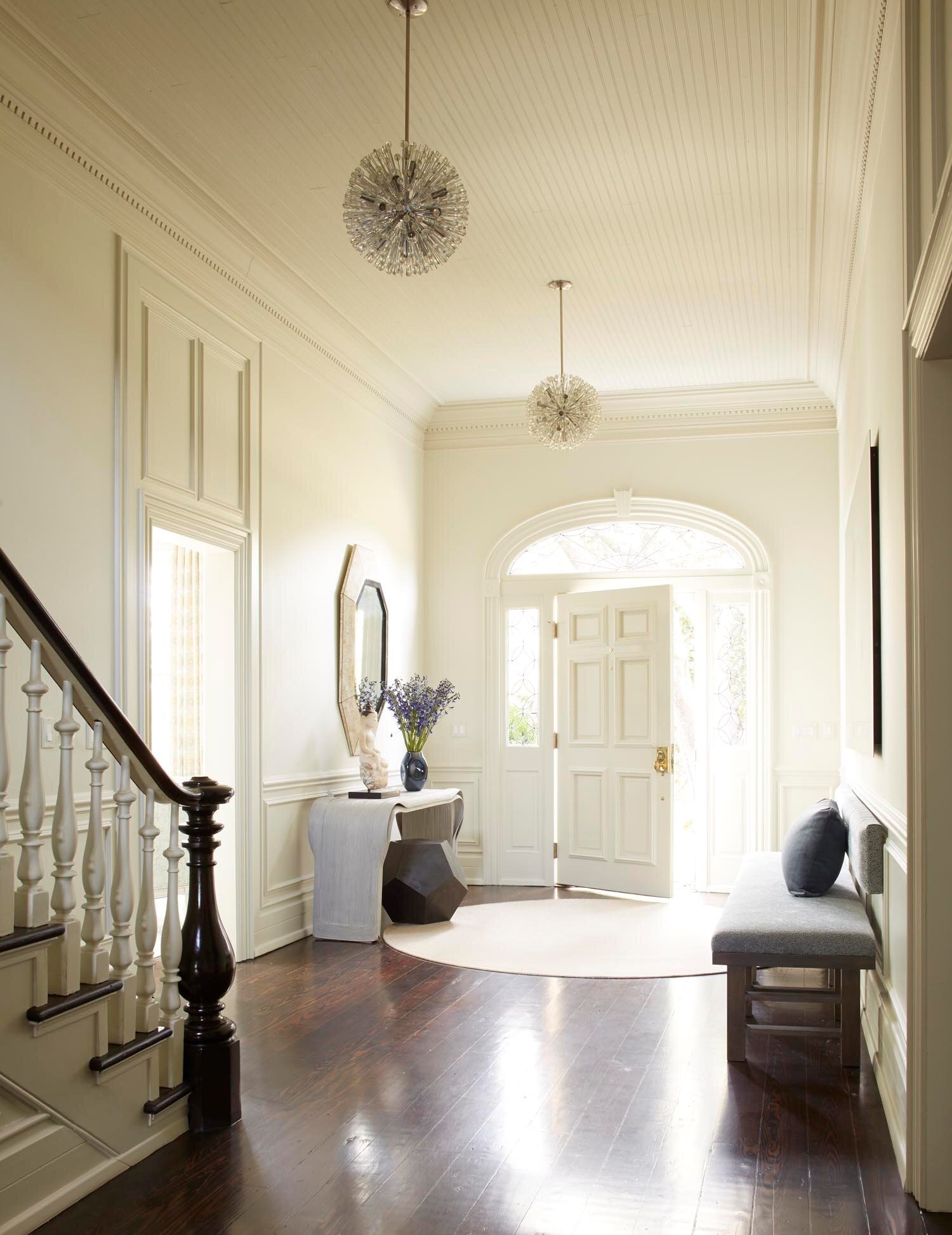James Huniford is the owner of Huniford Design Studio, an interior design and décor firm. In the following article, James Huniford discusses the intricate interplay that exists between light and spatial dynamics, unraveling the enigmatic art of sculpting ambience through the transformative power of illumination.
While often overlooked by the average decorator, interior designers understand the true power of lighting. Whether at home or in the workplace, lighting has the ability to transform the entire atmosphere of any room by enhancing colors, eliciting specific emotions, and highlighting stunning architectural or artistic features. However, it isn't just about choosing the best-looking lampshade.
Exploring everything from the science behind the effects of lighting on mood to choosing complementary fixtures, experts shed light (pun intended) on the fascinating sector of interior design.
James Huniford Explains the Role of Light
Lighting should always be considered when constructing a space. It requires careful planning to make sure everything, from fixtures to sources to colors, perfectly complements the room's aesthetic and purpose.
The Science Doesn't Lie
James Huniford says that nothing proves the importance of lighting as well as science. In fact, the mere prevalence of SAD (seasonal affective disorder) should show just how crucial light is on a
human's moods, behaviors, and overall health.
Bright, cool-toned light, for instance, increases concentration and focus, whereas warmer, dimmer light elicits calmness and relaxation. So, designers typically choose the former for study, work, and retail spaces while the latter is left for living and dining rooms.
Some particularly dedicated studies have taken this even further, narrowing down the exact light temperatures that trigger various states. Warm white light between 2700K and 3000K is relaxing, while its cool white light counterpart (4000K to 5000K) is energizing. Daylight between 5000K and 6500K, on the other hand, boosts productivity and mood according to designer James Huniford.
Lighting Types
With the science in mind, decorators use the three fundamentals of lighting design ambient, task, and accent to create beautiful spaces that harbor the desired ambience.
" Ambient Lighting
James Huniford explains that ambient lighting provides the foundation and overall illumination of the room, and it is typically achieved through track lights, chandeliers, recessed lights, or ceiling fixtures. And, like the concept of lighting as a whole, its role is far more than functionality.
Intensity, location, and lighting style each contribute to the type and depth of illumination granted to a space, adding warmth or coolness depending on the room's purpose.
" Task Lighting
Known as the second layer to lighting design, task lighting creates an environment that is free of shadows for undertaking day-to-day activities. From cooking to studying to working to reading, this lighting will ensure that all the details are illuminated to perfection through swing arm lamps, desk lamps, ceiling pendants, under cabinet lights, and floor lamps.
" Accent Lighting
The final lighting design element falls on accent lighting. Experts delightfully refer to it as the cherry on top of the overall lighting cake.
James Huniford notes that while such lights can simply be functional, their main purpose is to add flair to the space, letting people personalize the room as much as they like with options such as shelf lighting, toe kick lighting, art lighting, and so much more.
When implemented correctly, accent lighting draws attention to architectural details or other points of interest, like a sculpture in a recess or the bottom of an isolated fireplace.
A Functional Lighting Guide
Despite the general design principles, the function of a space comes into play when choosing the type of lighting to implement.

" Task Lighting for Work/Study Areas
Task lighting is a must-have for these spaces. In offices or study rooms, task lighting should be pointed at the desk, while in kitchens, under-cabinet lighting offers fantastic food prep illumination.
" Ambient Lighting for Relaxation Spaces
James Huniford says that these rooms need warm, inviting overall illumination, making ambient lighting the optimal choice here by far. Pendant lighting, for example, can create a feeling of coziness in a living room, whereas dimmer switches allow fully customizable light levels for perfectly matching the desired activity/mood.
" Accent Lighting for Art and Decor
From spotlights to wall sconces to track lighting, accent lighting is the go-to choice for showcasing artwork, objects, and architectural features. Typically, people choose track lighting for an art-gallery-esque effect in the hallway and wall sconces to emphasize unique architectural features in other rooms.
Choosing the Fixtures
James Huniford explains that once the lighting sources, temperatures, and levels are set, the plan isn't quite ready yet fixtures are the final piece of the puzzle.
Whether modern, traditional, or eclectic, the style of the fixture should fit the room. The placement and size are crucial for ensuring the proper amount of illumination in the room, allowing for the perfect balance by preventing harshness.
